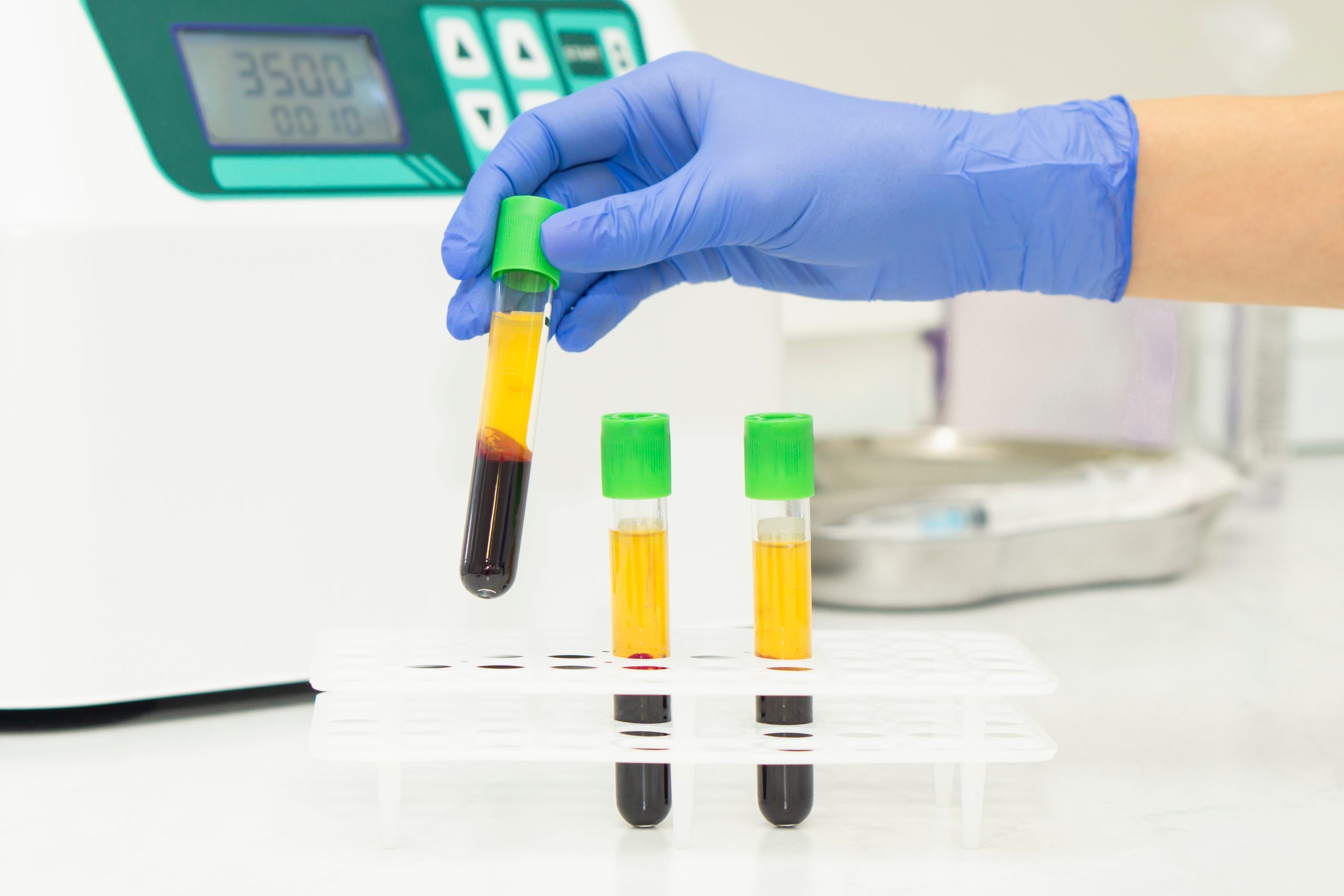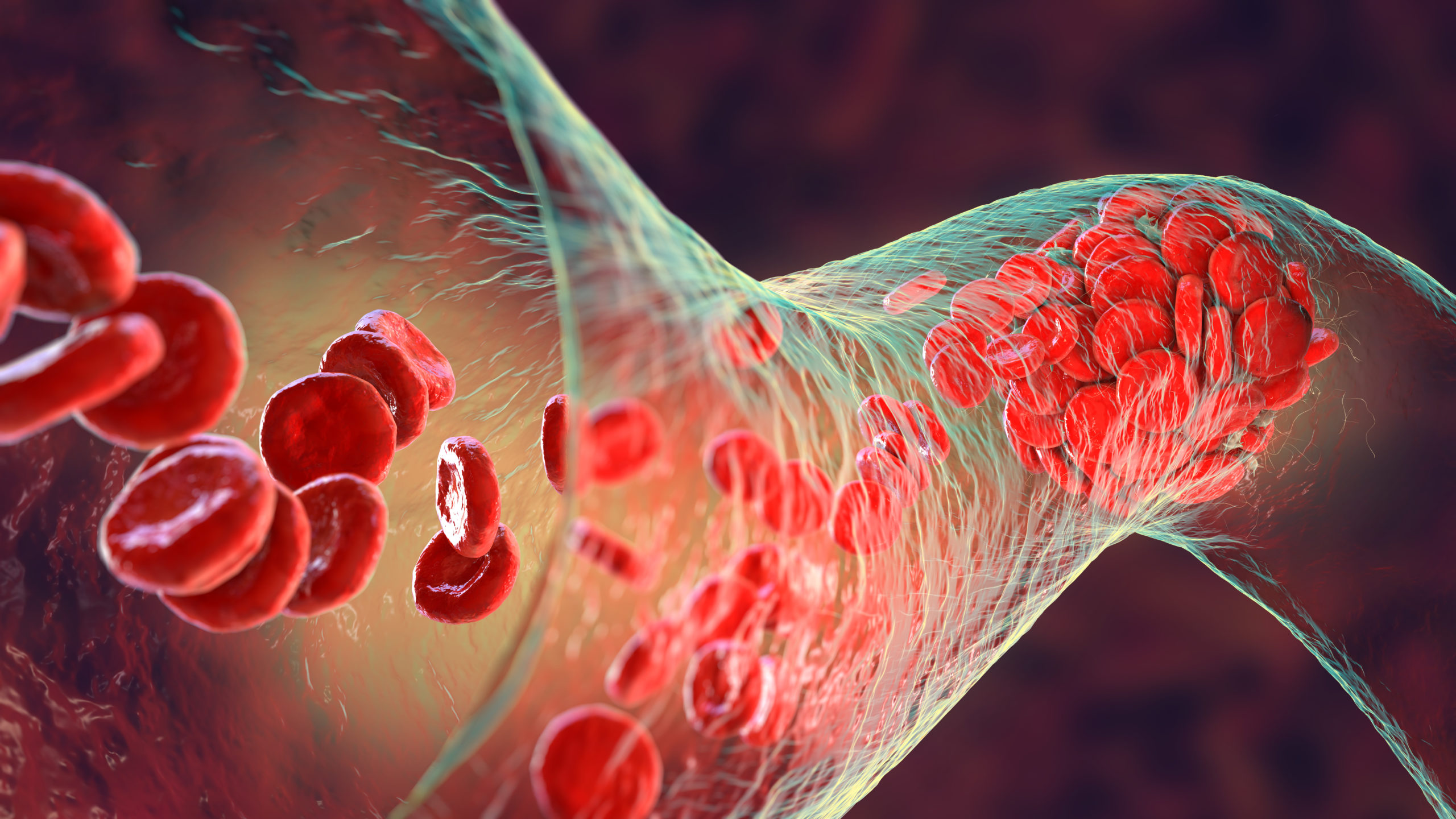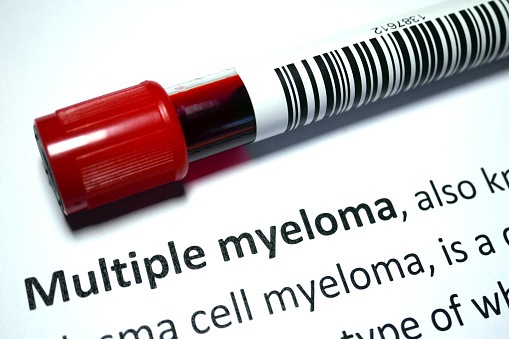
Patients undergoing total shoulder arthroplasty (TSA) may have a greater risk for venous thromboembolism (VTE) if they have a history of cancer, new research suggests.
As new and developing cancer treatments are released, cancer mortality rates continue to decline, the study authors explained.
“Given the increasing survival of patients with cancer combined with the increasing rate of TSA, an increasing number of patients with cancer will require TSA because they develop age-related glenohumeral degenerative joint disease,” they wrote. Identifying preoperative risk factors for complications after TSA is essential for preoperative risk stratification, patient counseling, and the design of perioperative interventions to decrease the rate of postoperative complications as the rate of TSA rises.”
To that end, the study authors sought to determine whether cancer survivors undergoing TSA have a greater risk for VTE as well as other complications. The research was published in the Jan. 15 issue of the Journal of the AAOS.
The PearlDiver patient records database was queried for data on male patients with a history of prostate cancer (n = 5,078) and female patients with a history of breast cancer (n = 5,035) who underwent TSA. Patients in both groups were matched 3:1 to control patients (male controls, n = 15,234; female controls, n = 15,105). Outcomes included 90-day rates of acute VTE, in-hospital death, hospital admission, emergency department (ED) visit, urinary tract infection (UTI), pneumonia, myocardial infarction (MI), acute renal failure, cerebrovascular accident, blood transfusion, periprosthetic fracture, and prosthetic dislocation.
Among the female groups, those with a history of breast cancer were significantly more likely to sustain 90-day VTE compared to the controls (0.9% vs. 0.6%); 90-day incidence rates of in-hospital death, hospital admission, ED visit, UTI, pneumonia, MI, acute renal failure, cerebrovascular accident, blood transfusion, periprosthetic fracture, and prosthetic dislocation did not largely differ.
Outcomes were similar in the male cohorts: the prostate cancer history group had a 1.0% VTE rate, versus 0.6% in the control group. As in the female cohort, no significant between-group differences were observed for any of the aforementioned 90-day complications.
“Similar to lower extremity arthroplasty literature, patients with a history of prostate and breast cancers fall into an acceptable risk category for anatomic TSA, the authors concluded, also noting that while this patient population has a greater postoperative acute VTE risk, “the overall VTE rate remains modest and acceptable.”







 © 2025 Mashup Media, LLC, a Formedics Property. All Rights Reserved.
© 2025 Mashup Media, LLC, a Formedics Property. All Rights Reserved.